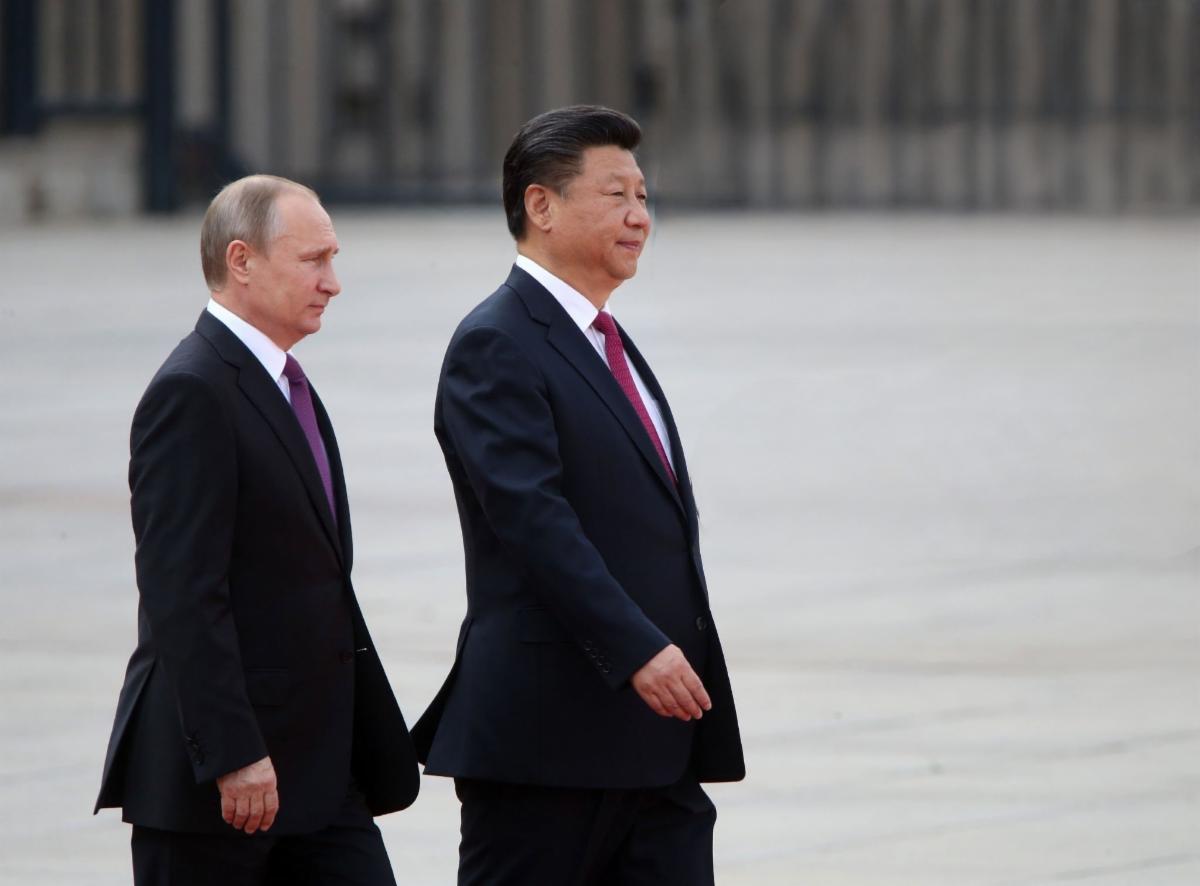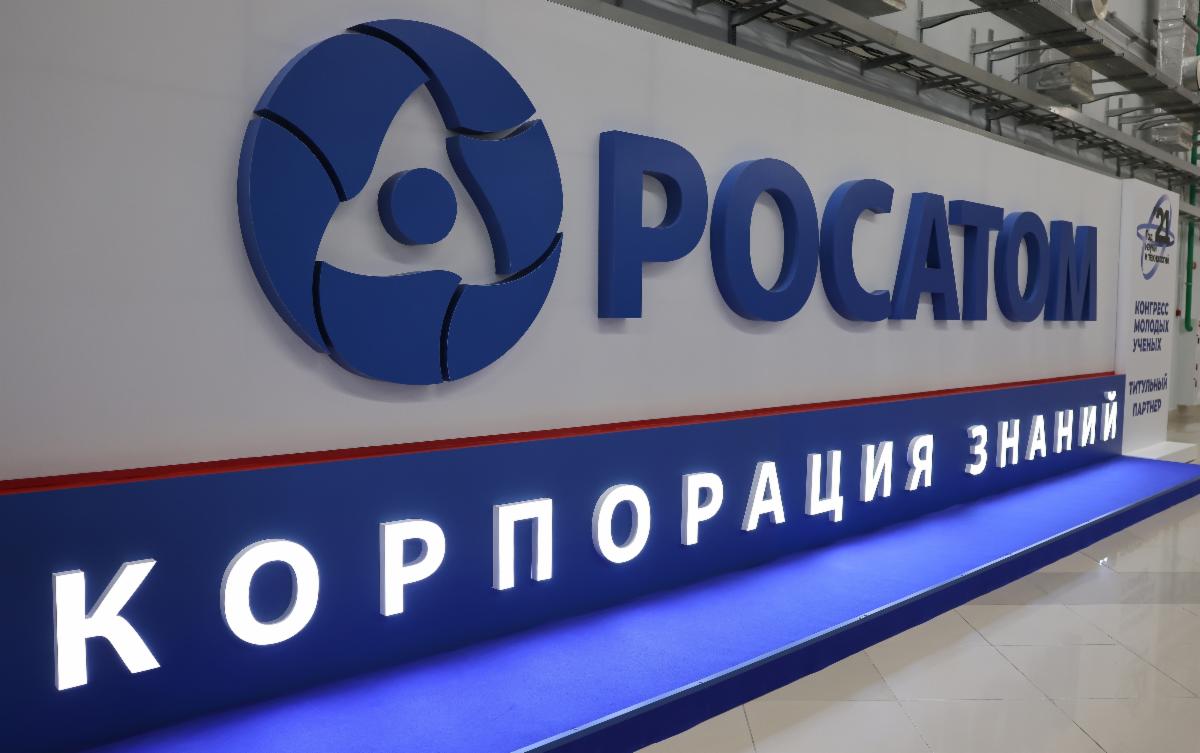Russian Energy Update – October 20, 2023
Russian Energy Update – October 20, 2023
Want to receive future energy updates? Subscribe here.

Optimism and proposals, but no firm deals from Putin-Xi Beijing meeting
Russia’s president Vladimir Putin met with Chinese President Xi Jinping in Beijing during the Belt and Road Forum earlier this week. Putin praised “unprecedented” energy cooperation between China and Russia, while the head of Russian energy firm Rosneft, Igor Sechin, lauded that Russia had become China’s top oil supplier, ahead of Saudi Arabia, in 2023. Russia’s government aspires to start construction of the the long-proposed Power of Siberia 2 natural gas pipeline in 2024. The pipeline would provide natural gas in volumes up to 50 bcm/year, supplying China with Russian gas. Notwithstanding their hopes to begin work on the pipeline, Russian officials downplayed expectations for a deal at the Belt and Road event.
China’s Vice Premier Ding Xuexiang in separate comments said supporting energy infrastructure interconnectivity, cooperating on renewable energy development, and coordinating to ensure stable oil markets would be critical to deepen Chinese-Russian energy ties.
Why it matters: Much like their March meeting in Moscow, Putin and Xi’s October meeting in Beijing yielded warm sentiments for future energy cooperation, but no new Chinese commitments to increased Russian oil and gas imports. It’s not that Chinese officials were hesitant to sign new deals during the forum; CNOOC, PetroChina, and Sinopec signed new agreements with two Kazakh energy firms, including an extension of a gas supply contract covering 2023-2026. Since 2018, Kazakhstan has exported approximately 6.2 bcm to China annually. China has shown increased interest in developing Central Asia’s gas infrastructure, while Kazakhstan and its neighbor Uzbekistan received Russian gas exports this month. If the deal continues, it may allow Kazakhstan to export more of its own gas to China in the future.
Since Russia’s invasion of Ukraine, Moscow has sought to boost exports to China and other countries to compensate for lost exports to Europe. In 2023, China imported an average of 2.1 million barrels/day of crude oil from Russia, compared to 1.6 million b/d in 2021. Natural gas imports from Russia grew 54% from 2022 as Russia became China’s second largest source of pipeline gas, partly due to existing agreements for the Power of Siberia 1 and the “Far Eastern Route,” though the overall volumes remain a fraction of past exports to the west. Beijing has been slow to accept new long-term deals with Moscow, favoring other suppliers, including the Central Asian states. This raises the question of whether Beijing is looking for a better deal before agreeing to a new Russian pipeline, does not see the need for a new pipeline with the first Power of Siberia pipeline still well below full capacity, or simply prefers other sources (including, perhaps, purchasing Russian LNG in shorter-term arrangements). Watch this space.

EU maximizes LNG storage as winter looms
In late September, Petroleum Economist experts estimated that Europe’s LNG storage would reach over 95% capacity by the end of the month, several weeks before withdrawals for the winter heating season. However, the experts cautioned that maximum storage would only satisfy 20%-33% of Europe’s gas demands for the winter months, depending on the weather, adding that Europe was the most weather sensitive gas market globally and that weather is the main driver of winter gas usage, contributing 80-90% of winter demand. Thus, a severe winter is one of the greatest risks to Europe’s gas markets, especially if combined with Russian attempts to destabilize gas supplies or increase price volatility.
Fortunately for continental Europeans, at least one major forecaster expects a slightly mild winter, with temperatures 0.5-1.0° C above historical averages. The United Kingdom might be cooler than average by an equivalent amount, however.
Why it matters: European efforts to withstand Russia’s abrupt reduction in natural gas supplies last year largely benefited from a milder winter that did not overly stress gas supplies. With additional LNG supplies, largely from the U.S. and Qatar, European nations suffered from high natural prices but few more serious consequences. Relatively warm European weather this winter will likewise limit Russia’s ability to apply energy-related pressure to the continent and to wait out if not undercut Western support for Ukraine.
Despite the 81% decline in Russian pipeline gas to the EU since Russia’s invasion of Ukraine, coupled with European actions to wean itself away from Russian energy, Russia still provides the EU approximately 10-15% of its gas. Europe’s LNG imports have increased by approximately 60% to 65%, according to IEA and U.S. Energy Information Administration estimates, with Russia serving as its third largest supplier, in part due to increased LNG exports to Europe. Russia, for its part, was estimated to have exported over 50% of its LNG supplies to the EU over the first seven months of 2023. Nevertheless, over time Russia’s technological constraints, insufficient financing, and delays for its Arctic LNG projects may weaken Russia’s position in global gas markets, though likely not without consequences for natural gas prices and for global greenhouse gas emissions. A newly published EIRP paper highlighted the long-term challenges to Russia’s gas sector.

Iran and Russia sign agreement for greater oil and gas cooperation
Iran and Russia signed an oil and gas memorandum on October 12, during the sixth Russian Energy Week International Forum in Moscow. The two states will study future energy cooperation, including forming a think tank to examine the feasibility of joint energy projects. Iran’s Minister of Petroleum indicated that Iran also signed agreements with upstream and downstream companies in Russia and said improving energy ties were a primary driver in the two countries’ relationship. The latest agreement follows Russian Deputy Prime Minister Alexander Novak’s visit in May.
Why it matters: Whether the latest agreement “will matter” remains to be seen. Russia and Iran have long sought deeper collaboration in various areas, but their energy relations have progressed slowly. One big problem is infrastructure; sending Russian natural gas to northern Iran, where most of the country’s population resides, would require new pipelines. A related problem is financing; pipelines aren’t cheap. Long-term sanctions on Iran have complicated that and newer sanctions on Russia make the problem only more challenging. Plans for a rail and road North-South Corridor that would link Russia with the Indian Ocean via the Caspian Sea and Iran, potentially shortening the voyage for some exports (including oil by rail) to East Africa, the Middle East, East Asia, and South Asia, have similarly suffered from inadequate investment.
Likewise, financing may be an obstacle in implementing a 2022 memorandum of understanding between Gazprom and Iran’s national oil company to develop Iran’s Kish and North Pars gas fields. Gazprom has accrued about $10 billion in new debt since signing the initial memorandum with Iran last year and the company’s total debt is estimated at $61 billion. Moreover, a recent EIRP paper suggests that while 2022 yielded record profits for Gazprom—as gas prices spiked in the immediate aftermath of Russia’s invasion of Ukraine—the windfall masked a collapse in gas exports that is likely to pose significant challenges for Gazprom in the years ahead. Thus, while Moscow is eager to find new markets for Russian gas—and Iran could be both a market and a transit route, realizing this goal will not be a slam dunk. Nor will Iran’s hope to secure investment from Russia to develop its own energy production and exports.

Rosatom signs new agreements with Burkina Faso, Mali, and Myanmar
On October 13, Rosatom signed new agreements with Burkina Faso and Mali during Russian Energy Week. The deal with Burkina Faso establishes a framework for cooperation on nuclear generation and non-power sector industrial uses of nuclear energy, while Mali’s deal outlines the development of nuclear infrastructure and research facilities. Just two days prior, Rosatom signed a memorandum on nuclear infrastructure with Myanmar. That deal is the third Rosatom and Myanmar have signed in 2023 to help Myanmar explore building a nuclear power plant.
Why it matters: Rosatom has long benefited from Russia’s willingness to supply nuclear technologies to nations that Western suppliers could not or would not assist; Iran’s Bushehr nuclear power plant—partially built by German contractors before Iran’s 1979 revolution, and later completed by Russia—has been a highly visible example of this. Following military coups that Russia, or at minimum its state-funded PMC Wagner Group, might have covertly supported, Burkina Faso and Mali face considerable obstacles in working with Western governments, especially on sensitive issues like civil nuclear technology.
Yet Burkina Faso and Mali have rapidly increasing populations and electricity demand. Prior governments in both nations sought to expand access to electricity, with Burkina Faso setting a goal of 95% urban electrification and 50% rural electrification by 2030. Both Burkina Faso (21.3%) and Mali (53.4%) are far from fully electrified and rely on oil-fired power plants to generate most of their electricity, at 86% and 64% for Burkina Faso and Mali in 2022, respectively. As a state-owned firm, Rosatom can provide attractive financing and other benefits in long-term nuclear power plant construction deals with the two countries, although budget strains from Russia’s invasion of Ukraine have cast the longevity of such financing into question.
Myanmar presents a similar opportunity for Rosatom. Following the country’s military coup in 2021, Myanmar has endured rolling blackouts and hesitation from international power plant financers; in addition, it has nearly the lowest access to electricity in Southeast Asia at 63.6%.
